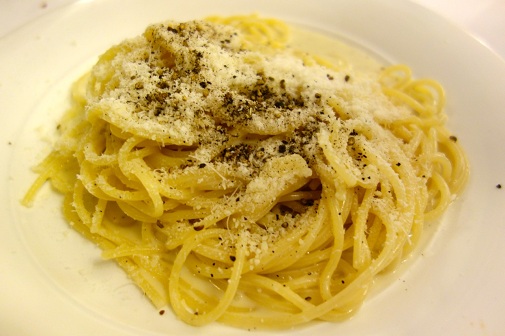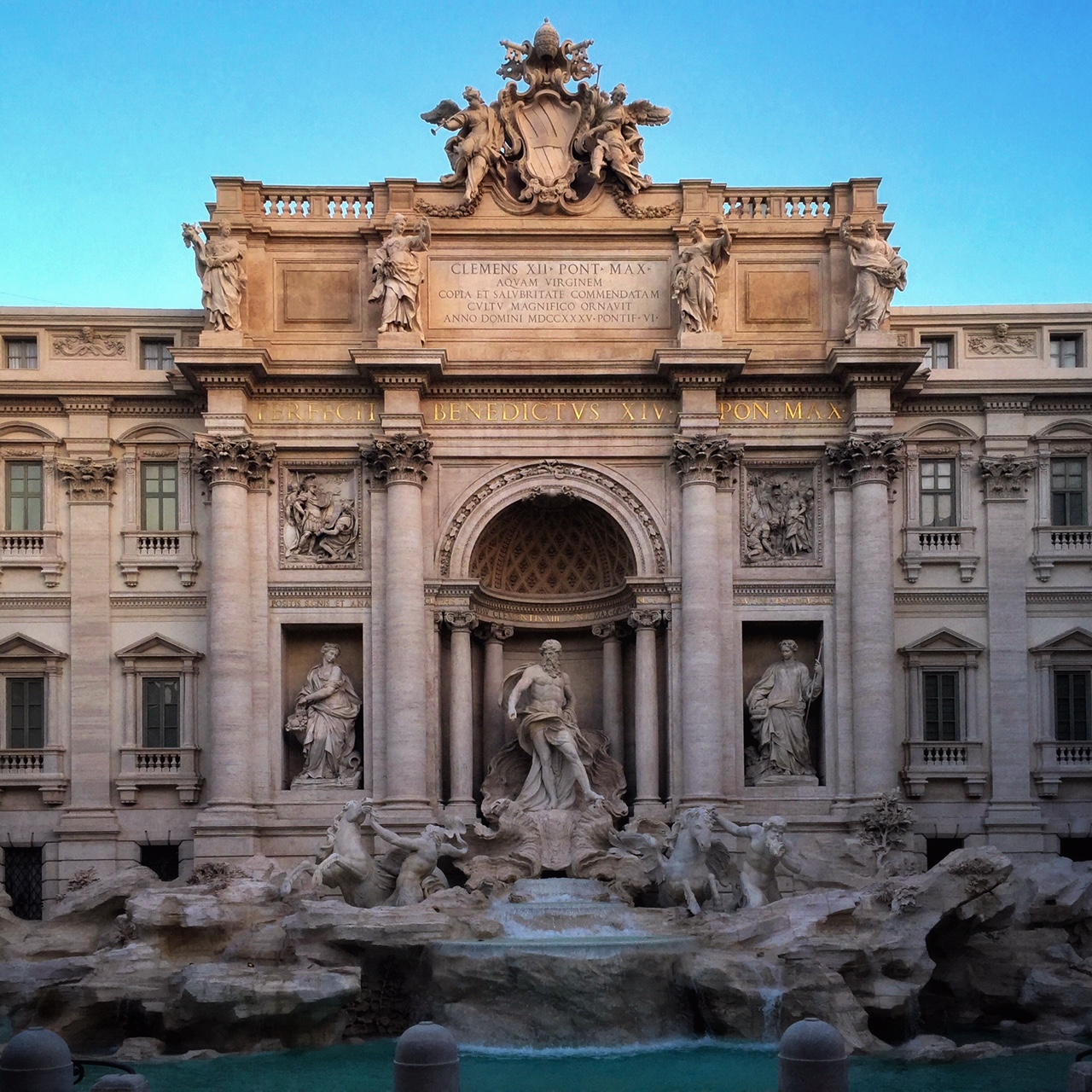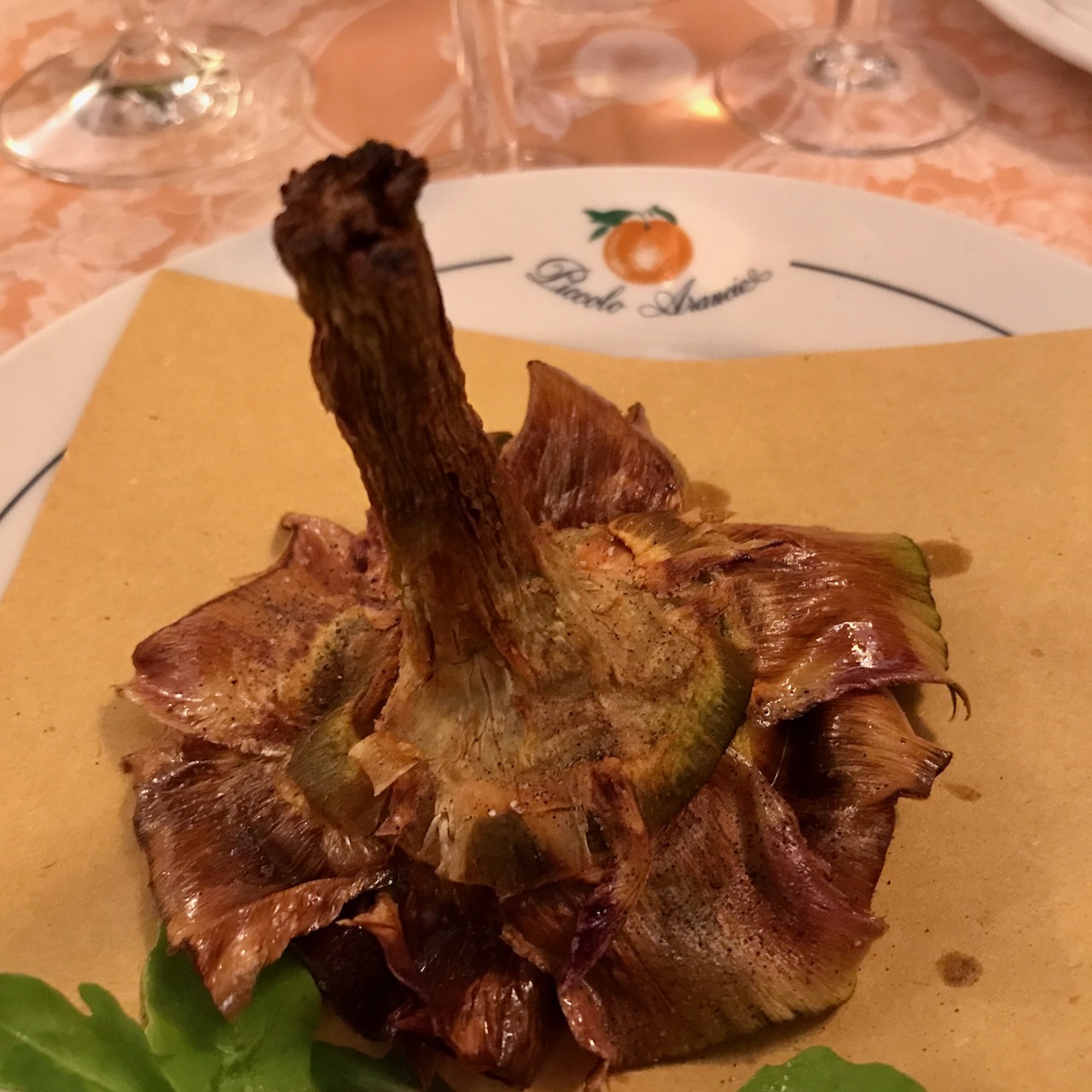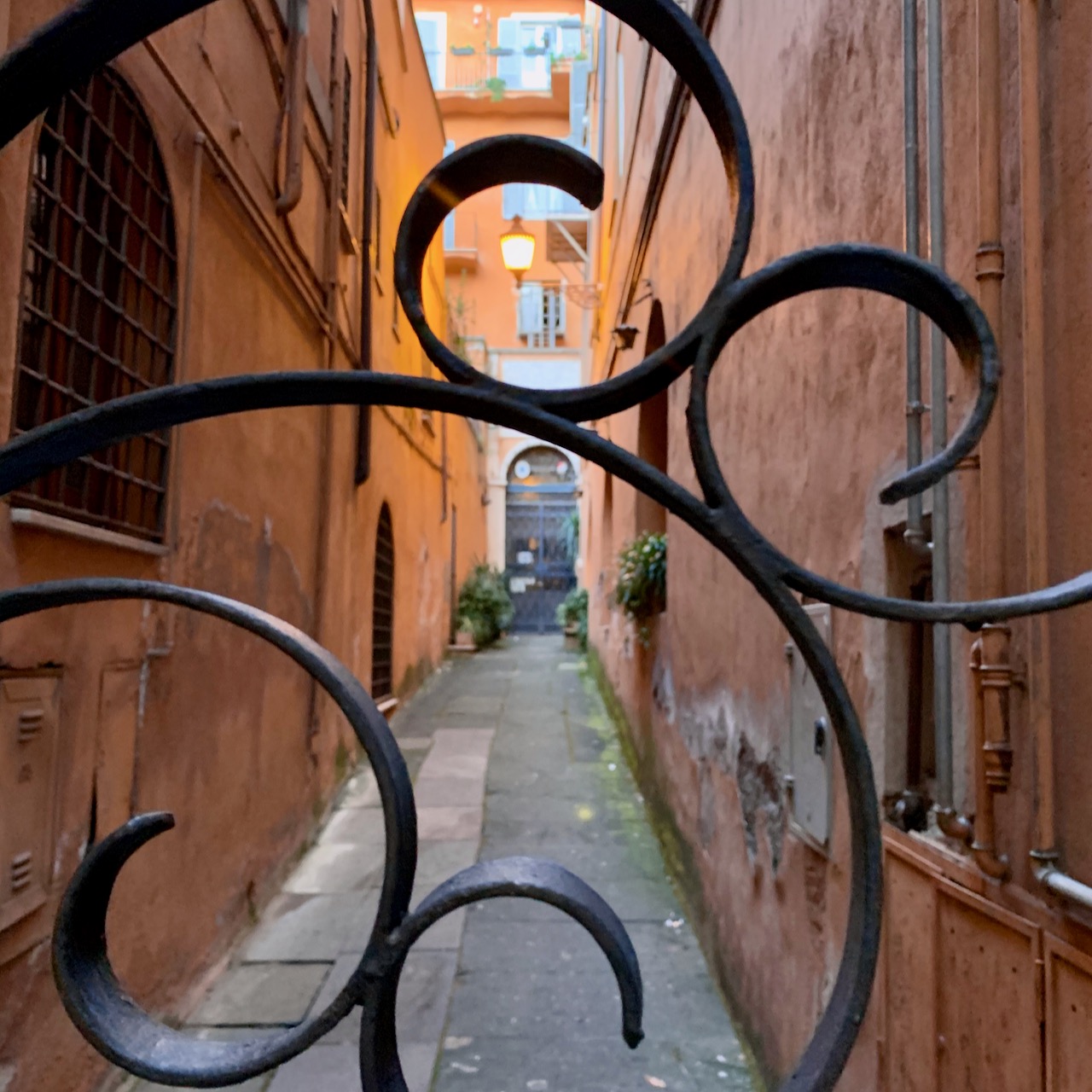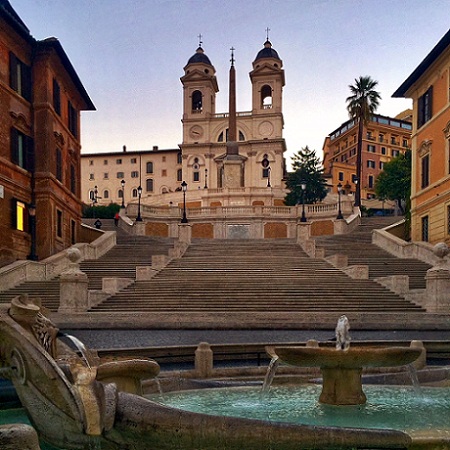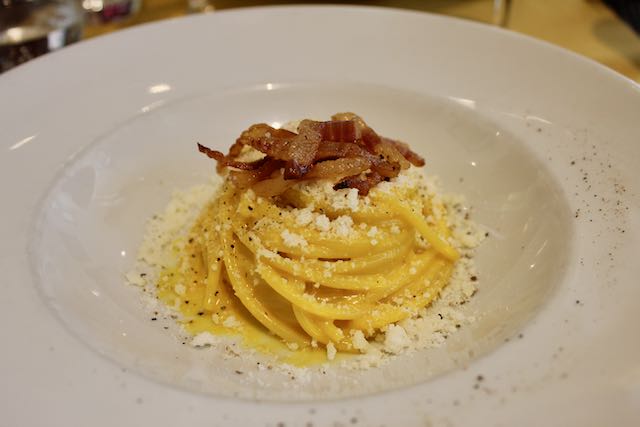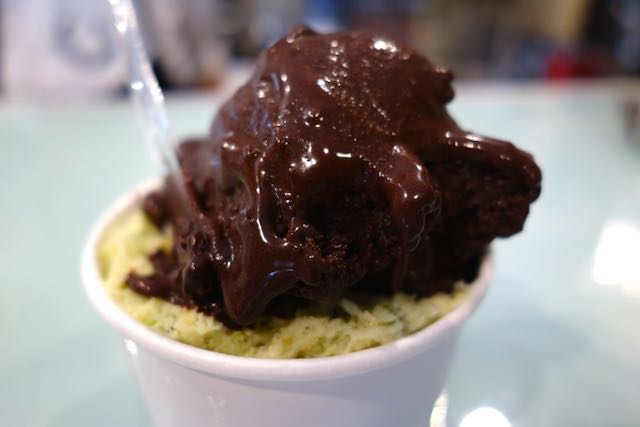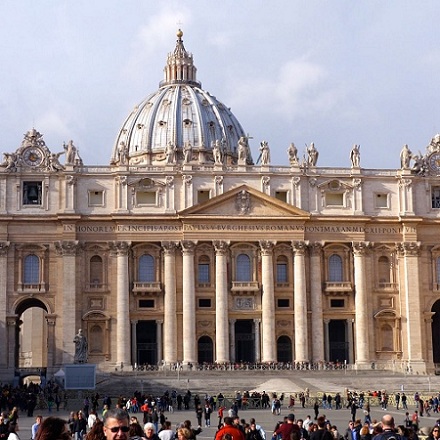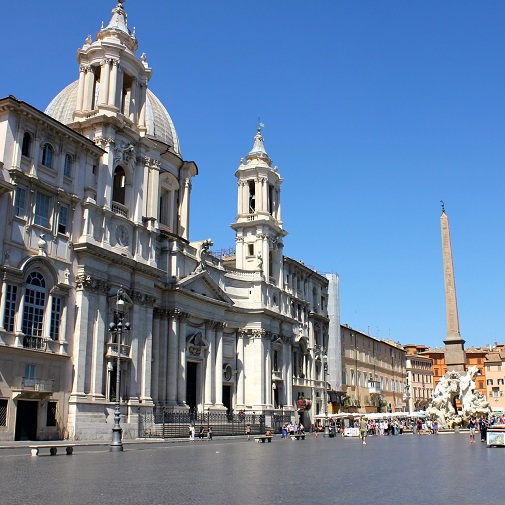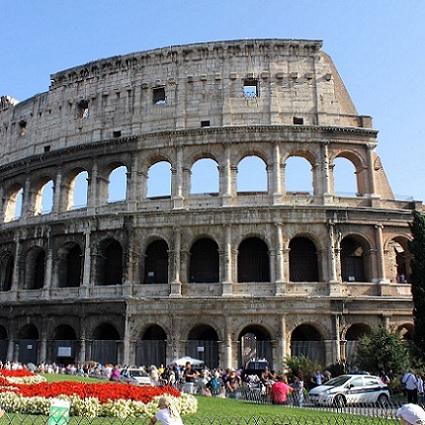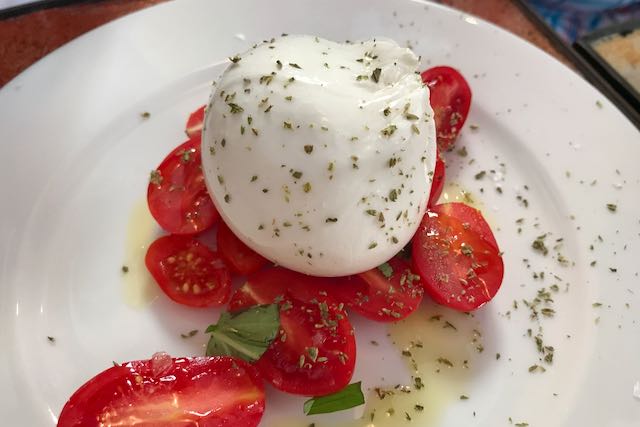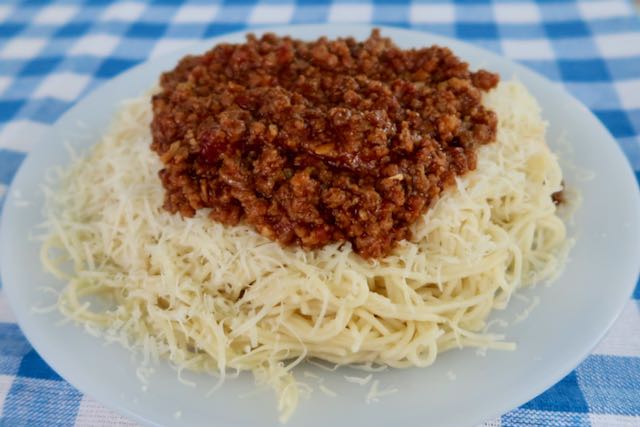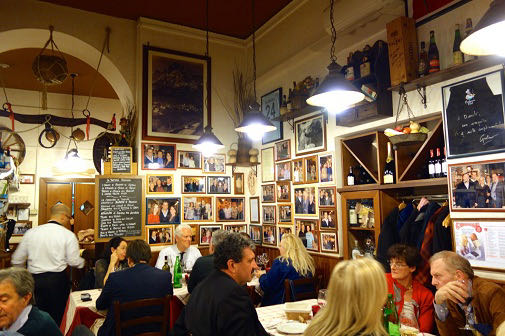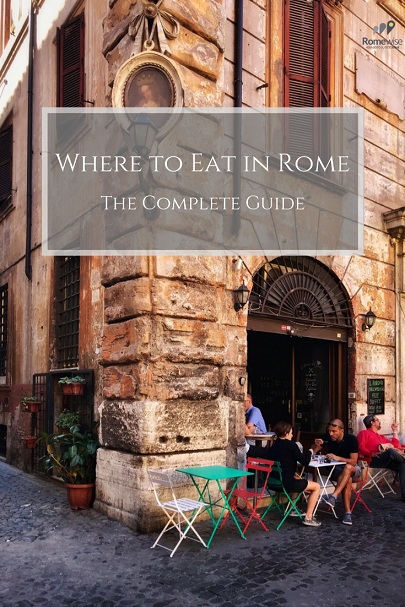- Sign up & get a FREE ebook Subscribe NOW!
- Romewise Home Page
- Where to Eat
Places to Eat in Rome
Pizzerias, Restaurants, Gelato, Wine Bars and More!
Where are the best places to eat in Rome?
Part of my job running a boutique hotel that specializes in personalized customer service is to be able to give really good, on the ground advice about Rome restaurants.
Places to Eat in Rome - my selections
I have been giving restaurant advice to people for years (friends, family, friends of friends and of course our hotel guests.)
I also do a lot of taste-testing and quality control (quality control is key here), and am constantly looking for new places to recommend.
After years of tasting and testing so many places to eat in Rome, here are my lists.
But in fact, it IS an on-going process, so check back for updates!
Best Trattorias and Restaurants in Rome
- Non-touristy restaurants - The most common question I get is, "Can you recommend a nice little trattoria where the locals eat, somewhere not touristy? We want simple, good food, nothing fancy."
- What are the best Rome trattorias (serving local Roman cuisine)
- Great cheap restaurants in Rome
- Where to eat in Trastevere
Where are the best places to eat in Rome? Opinions and choices abound.
Best Places to Eat in Rome For…
- Where can I have a nice salad for lunch in Rome?
- My choices for enotecas (wine bars) in Rome
- Where can we have a romantic dinner in Rome?
- Where can we have dinner with a view in Rome?
- Dining gluten-free
- Outdoor dining in Rome
- Rooftop aperitivo
- Dining alone in Rome
- Breakfast in Rome
Cook traditional Roman food yourself - join this pasta-making class with a local chef
Eating by the Rome Sights
So many websites and Rome blogs urge you to avoid eating near all the Rome tourist sites.
Sure, you will find plenty of tourist traps, and icky fast-food options.
But that does not mean there are not good places to eat near the sites!
You just have to know where to go.
And I do.
Here are my picks for great places to eat near the Rome tourist attractions:
Where to eat and drink near Trevi Fountain
Where to eat and drink near the Pantheon
Where to eat near more monuments
Where to Eat Specific Foods/Cuisines in Rome
Want to know more about Italian wine before coming to Rome?
Check out our beginners guide to the amazing Italian wine on offer here!
Places to Eat in Rome during Holidays
Want to know about places to eat in Rome during holidays, when many Rome restaurants close or have limited hours?
- Where can we eat in August in Rome, when so much of the city shuts down?
- What restaurants are open in Rome at Christmas?
- Where can we eat over the Christmas holidays in Rome?
- What and Where to eat on New Years in Rome?
- Where to eat in Rome at Easter?
- Looking for a turkey dinner in Rome on Thanksgiving? Yes, you can find that, too!
Ready to plan your trip?
Book your train
Planning to travel between cities in Italy and other parts of Europe?
Use Trainline to see all the different options available across the different rail companies.
Find your hotel
Find your perfect place to stay in Rome.
Use Booking.com to choose between hotels, guesthouses, and self-catering apartments in neighborhoods throughout the Eternal City.
Buy your TurboPass
Purchase the convenient Turbopass and visit all of Rome's top attractions including the Colosseum, Pantheon, and Vatican.
With one handy pass, it's all included.
Gelato in Rome
- My 10 Best gelato in Rome
- All about gelato in Rome - how to tell the difference between real and fake gelato, flavors to try, and more.
- Gelato near the Pantheon
Eating Customs in Rome Italy
Wondering about eating customs in Rome Italy?
- Click here to read about Italian food customs.
- What foods do Romans eat?
- How to order coffee in Rome
- All about artichokes in Rome
Love Food? Italian Food? Roman Food?
Why not sign up for a Food Tour in Rome?
Learn all about Roman Cuisine and taste as you go!
Non-touristy restaurants in Rome
One way to avoid eating with other tourists is to not go out to eat in a restaurant in the historic center of Rome.
Yes, there are some very local restaurants in the center, some of my favorites in fact.
But, being the center of Rome, there are tourists, and they will find these restaurants too.
That is a little facetious, I know, and I don’t actually suggest you avoid eating in the center.
I am just saying, Rome is not all that big so you will run into other tourists.
The second factor is, what time do you want to eat?
Most Romans go out to dinner around 8:45, 9pm or later.
Restaurants do open at 7 or 7:30 (and some are starting to open even earlier), but you won’t find any locals eating at that hour.
Some of my favorite restaurants in Rome, and some of the most Roman trattorias, include restaurants in the historic center.
Just keep in mind, they will seem more local if you go out to eat at a later hour.
But, I also will recommend some wonderful restaurants that are in other, less touristy neighborhoods, so if you are staying in one of those, or, feel like getting a cab there, then you can really see more of a local scene as well!
🥂 A Culinary Adventure in Rome 🥂
Indulge in Rome’s flavors! This experience combines a hands-on cooking class, and a walking tour of Rome for an unforgettable culinary adventure.
Disclosure: If you make a purchase through a link on this page, I may receive a small commission - at no extra cost to you.
Thank you for supporting my site!
The perfect 3-day itinerary in Rome
Trying to figure out how to organize your visit to Rome? I've got the perfect 3-day itinerary for first-time visitors (or those who have not been here in a while.) It works for a 2.5 day visit as well.
In my 3-day itinerary, you'll see all the major must-see Rome attractions like the Vatican, Colosseum, Trevi Fountain, Pantheon, Piazza Navona, Spanish Steps, and much more.
And if you have more time, or want suggestions for extra/other things to do, you'll find that there too.
Visit my page with the best 3-day itinerary in Rome for first-timers.
Romewise's Top Travel Resources
Ready to book your trip to Rome? Take a look at these helpful links to companies we use and trust:
- Keep your travel spending simple with the Wise card, which removes all the worry about exchange rates and high transaction fees all over the world
- Search for and book your perfect accommodation
- Our complete guide to what to pack for Rome
- The number one travel accessory, a multi-point travel adapter and voltage converter
- Browse a huge range of tours in Rome and beyond
- Experience unique tours and special access to Rome's most popular sights
- Protect yourself with comprehensive travel insurance
Within this post there are some affiliate links for products and services. For more details about our affiliate policy click here.
Get your 100% free Rome trip planner now!
Simply sign-up today for our free newsletter and get the Romewise Quick Start guide to Rome:
We are committed to respecting your data. Click for our Privacy Policy.
Comments? Questions? Suggestions?
Please come over to the private Romewise Facebook group and join in the conversation.
You will often find me there, happy to answer your questions / comments!
You will also meet other Rome lovers and experts, too.
What are you waiting for?
- Romewise Home Page
- Where to Eat

